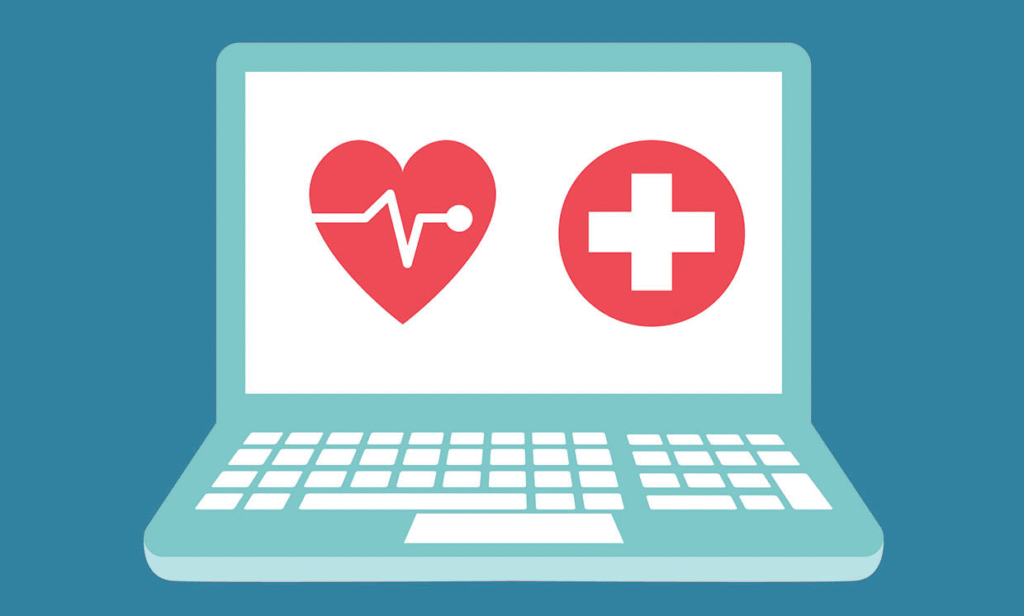Digital healthcare covers tools that use computers or phones to help people manage health. It includes mobile apps that track steps and heart rates, online services that let patients talk with doctors, and systems that store medical records in the cloud. These tools can help doctors work faster and patients stay informed. And they can cut costs in some cases. Yet new rules and safety tests can slow down their arrival in the market.
Data Security and Privacy Rules
Digital tools collect personal health details like test results, images, and notes from doctors. And they keep that data in online systems that could face hacking or leaks. The law in the United States called HIPAA sets a high bar for how to protect and share patient data. It requires businesses to use strong locks on all data and to report any leaks within sixty days. In 2023, the healthcare sector saw 599 data breach incidents, more than any other field, leading to fines that can reach tens of millions of dollars per leak.
At the same time, the European Union enforces its own set of rules known as GDPR that give patients the right to decide who can see their data and to ask for it to be erased. That rule applies not just to big companies but also to small app makers. So a startup must build its system to let any user delete their data at will. Meeting both sets of rules in a single product demands time and money.
Approval and Certification Processes

Most countries require digital health tools to win official approval before they reach patients. In the United States, the FDA evaluates if a device or software is safe and works as intended. The agency cleared 80 new digital health technologies in 2022, yet about 45 percent of those seeking approval needed extra documents or tests before the FDA would say yes. That delay can last six months or more.
Next door in Europe, the new Medical Device Regulation took full effect in 2021 and set up stricter tests and lab trials. Only 10 percent of digital health tools had full certification as of mid‑2023, and many had to revise their user guides and risk studies to meet the rules. And that process often adds another six to nine months before a product can reach hospitals and clinics.
Interoperability and Standards
Digital health tools work best when they share data smoothly with electronic health record systems. But there is no single global standard to make that happen. In the U.S., the ONC’s rules push for open application programming interfaces to let data flow freely. Yet as of early 2024, only 30 percent of hospitals fully shared data across different systems. And that gap forces app developers to build custom links for each system, which can cost $100,000 or more per integration.
Moreover, differences in code and file formats mean that a lab report designed for one system may look broken in another. And that risk can lead to mistakes in reading test results or scanning documents. To avoid errors, some clinics still rely on manual data entry for crucial fields like allergies and medication lists. That practice slows down care and raises the chance of human slip‑ups.
Liability and Legal Issues
When a patient uses an app that gives medical advice or helps manage a chronic condition, the question arises: who is responsible if something goes wrong? If an app sends a false alert or fails to warn about a dangerous drug interaction, the maker could face a lawsuit. In the United States, courts often treat these makers like medical device manufacturers. That means they must prove their tool meets a high level of proof in case of a claim.
And the laws vary from state to state. Some places require a licensed doctor to review any advice that an app gives. Others let companies use general health warnings in the fine print of their user guides. That patchwork of rules can confuse consumers and put small businesses at a loss. And it can push them to hire legal experts at a cost of $250,000 or more a year to stay on the right side of local laws.
Reimbursement and Cost Challenges
Many digital health tools promise to save money by reducing clinic visits and hospital stays. Yet insurance companies and government payers often resist covering them. In the United States, Medicare and Medicaid only pay for telehealth services in certain situations and often at lower rates than an in‑person visit. Private insurers vary widely: some offer full coverage, while others require extra paperwork.
As a result, fewer than 50 percent of digital therapy apps get any coverage from large insurers. And that barrier keeps smaller clinics from adopting these tools, even if they could improve patient outcomes. For example, an app that helps people manage diabetes might cost $150 per user per year, yet insurers may only pay $50. Clinics then face a tough choice: tell patients to pay out of pocket or skip the tool altogether.
Keeping Up with Changing Rules
Regulatory agencies update their rules over time. New laws and guidelines can pop up every few months. And companies must track these updates to avoid fines or forced recalls. In 2024, the FDA issued a draft guidance on how to apply artificial intelligence in healthcare tools, but the final rules may not land until late 2025. Meanwhile, developers must guess how strict the final text will be and plan extra tests for safety. That makes it hard to set firm timelines and budgets in advance.
Ways to Address the Challenges
Healthcare technology makers can follow a few steps to deal with these issues. First, they can work with regulators early by asking for feedback on their plans before building the full product. That step can cut down on surprises and reduce review times by about 30 percent. Second, they can hire experts in privacy law to build tools that meet both U.S. and EU data rules from the start. And third, they can design their software to use open data formats so that it works with many systems without costly custom coding.
Conclusion
Digital healthcare tools hold big promise to improve care and lower costs. And they can help more people manage their health from home. Yet strict privacy rules, long approval times, gaps in data sharing, unclear liability, and patchy reimbursement can slow down their launch. By planning early tests with regulators, building systems that follow global rules, and focusing on open standards, companies can bring safe and helpful tools to patients more quickly. These steps can help move digital health from promise to practice in a reliable way.









